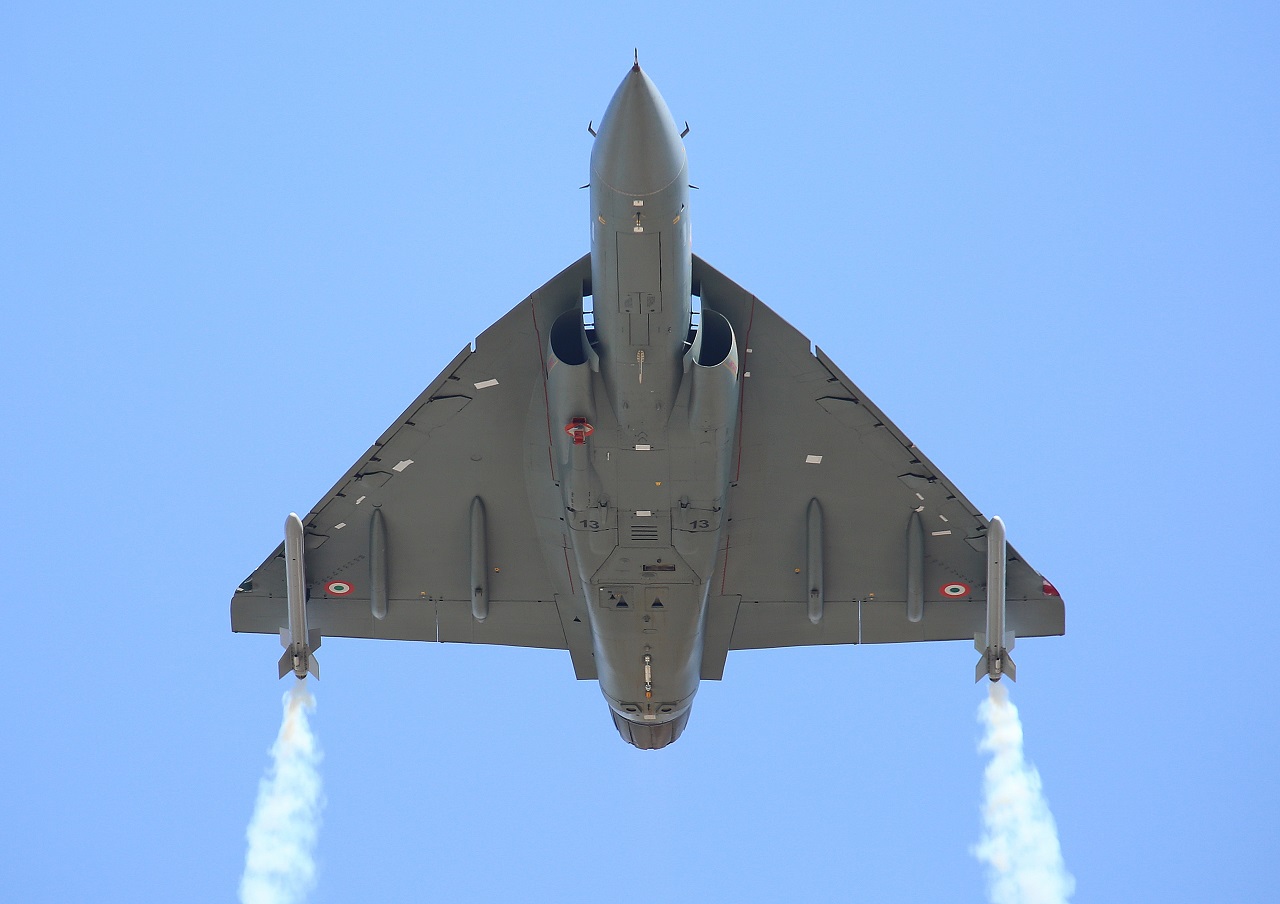New Delhi: Since the Doklam face-off last year, the heightened tension along the 3,488 km long Line of Actual Control (LAC) is expected to cool down after Prime Minster Narender Modi and President Xi Jinping met in Wuhan, China for a two-day summit.
Both have agreed to give “strategic guidance” and “strengthening existing mechanism” to their militaries. India and China is set to actively work in establishing a hotline between top commanders as well as resuming military exchanges and exercises.
Prime Minister Narender Modi tweeted about his meeting with President Xi Jinping on Twitter, “We spoke about India-China relations and how to further improve ties.”
Senior defence officials on Sunday said that the decision at the informal summit between PM Narendra Modi and Chinese President Xi Jinping in Wuhan to issue “strategic guidance” to their militaries, basically, boiled down to ordering their respective troops to defuse confrontations during patrolling, in accordance with existing protocols and mechanisms.
“There will be some cooling down of operational tensions, which spiked during the Doklam crisis near the Sikkim-Bhutan-Tibet tri-junction last year and have carried on till now. There are enough mechanisms in place, from banner drills, flag meetings and border personnel meetings (BPMs) to the WMCC (working mechanism for consultation and coordination) and diplomatic channels, to manage and defuse face-offs,” said a senior officer.
There are five other Border-Personal Meeting (BPM) points along with LAC- Depsang in sub-sector north, Sappangur Gap in eastern Ladakh, Nathu La in Sikkim and Bumla and Kibithoo in Arunachal Pradesh.
Since the India-China border is not demarcated on the ground, transgression and stand-offs between militaries at several places along the border occurs frequently. Both sides claim the same piece of border because of differing perceptions of border. Last year, when China wanted to build a road through Doklam Plateau – a piece of land claimed by both Bhutan and China simultaneously, it resulted in a 72 days stand-off between Indian and Chinese militaries at Doklam Plateau.
In 2017, Chinese troops had violated the Line of Actual control (LAC) as many as 426 times, Minister of State for Defence Subash Bhambre told the Parliament this February. The numbers of violations in the previous years were much lower.
The two leaders also agreed to “handle all differences” through peaceful means and “endorsed talks between the Special Representatives on the border issue”, Foreign Secretary Gokhale told reporters.
“Strategic guidance” to the militaries from the two respective leaders also indicates that militaries will be actively discouraged from any adventure or risky moves. “It doesn’t amount to accepting the current LAC as the border, but militaries will be more restrained,” said Indian Ambassador Ashok Sajjanhar.


 Senior defence officials on Sunday said that the decision at the informal summit between PM Narendra Modi and Chinese President Xi Jinping in Wuhan to issue “strategic guidance” to their militaries, basically, boiled down to ordering their respective troops to defuse confrontations during patrolling, in accordance with existing protocols and mechanisms.
Senior defence officials on Sunday said that the decision at the informal summit between PM Narendra Modi and Chinese President Xi Jinping in Wuhan to issue “strategic guidance” to their militaries, basically, boiled down to ordering their respective troops to defuse confrontations during patrolling, in accordance with existing protocols and mechanisms.






